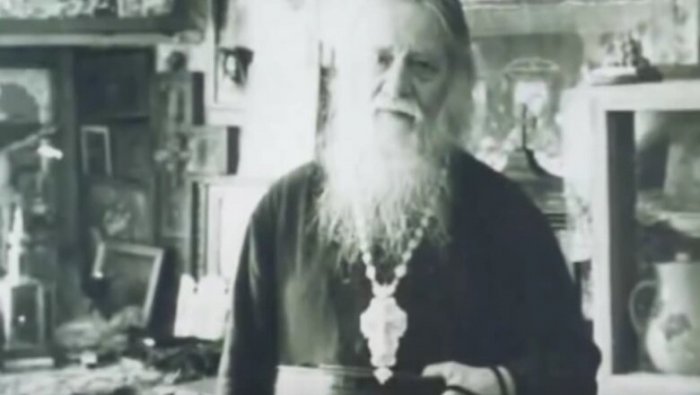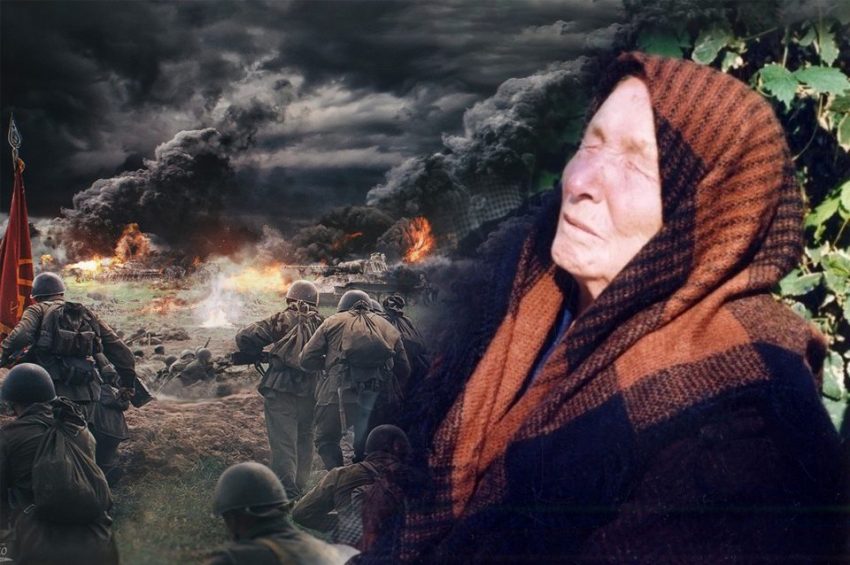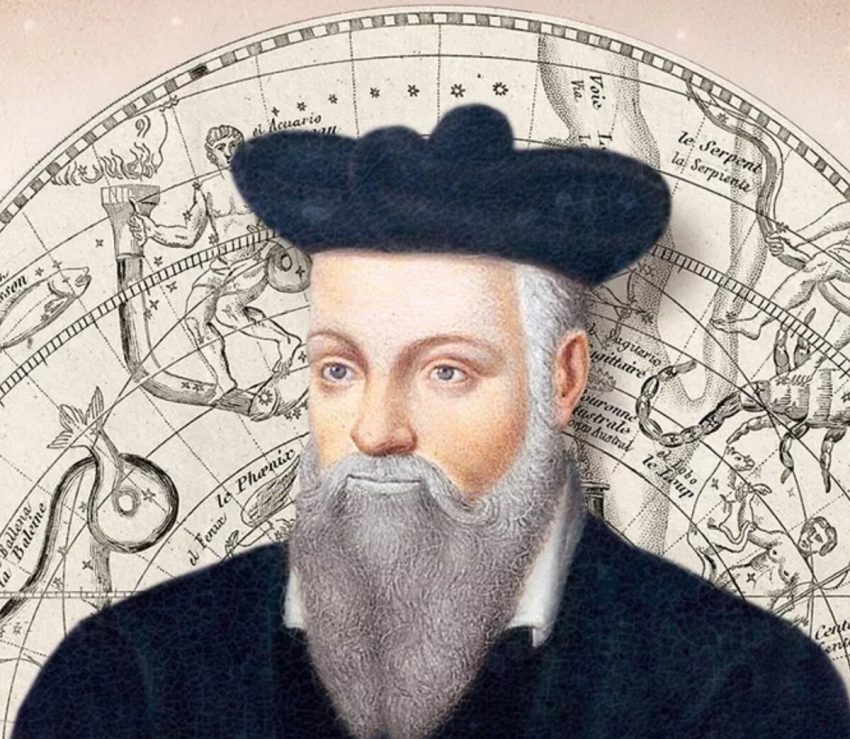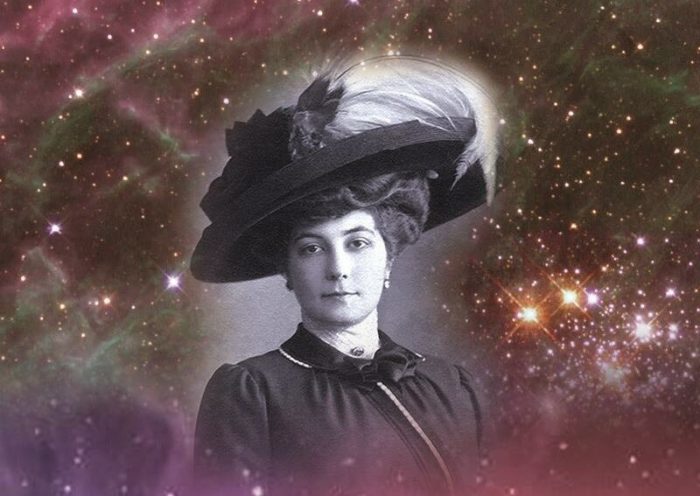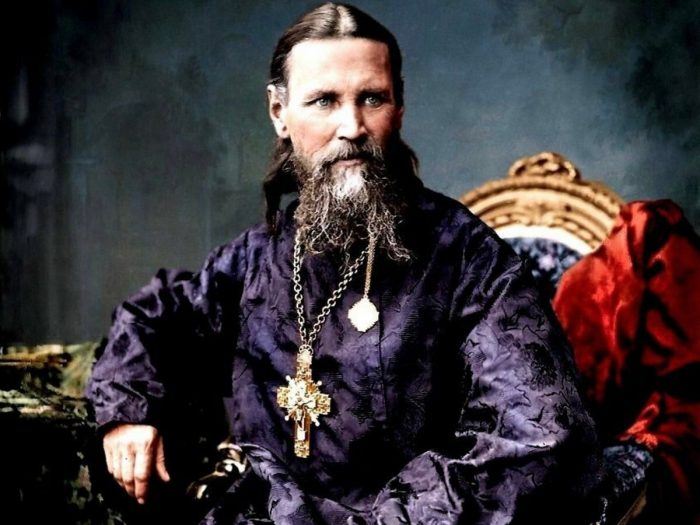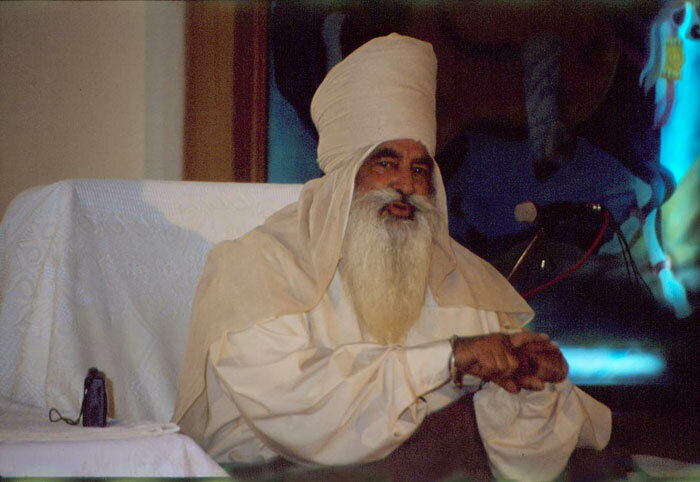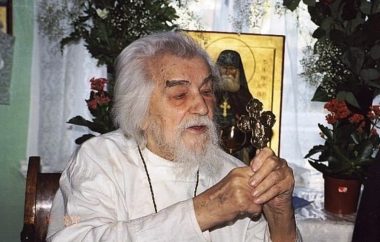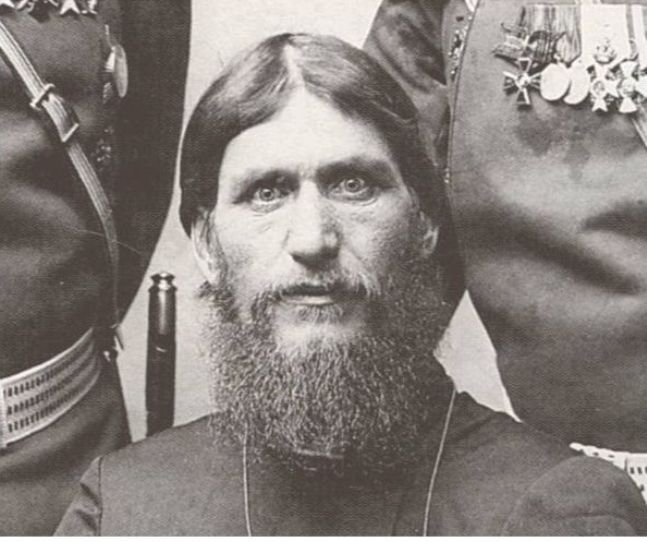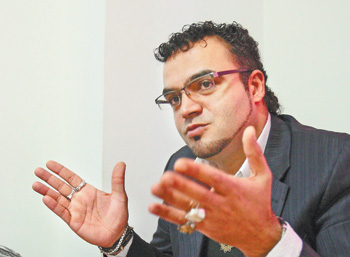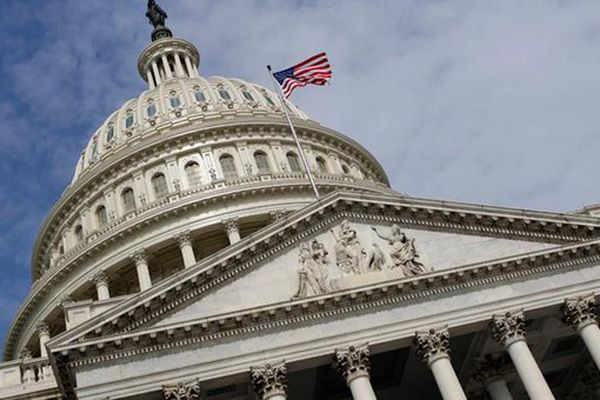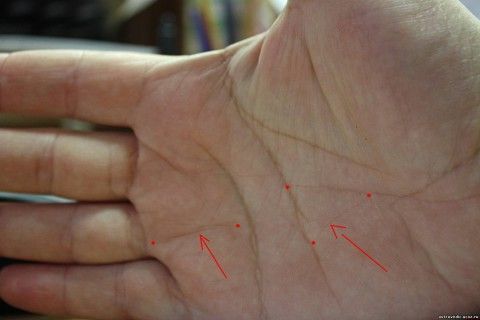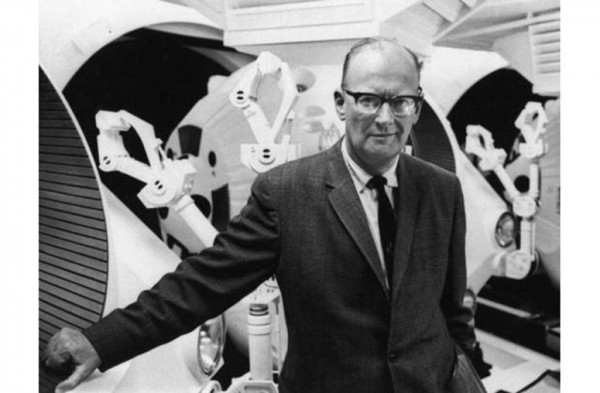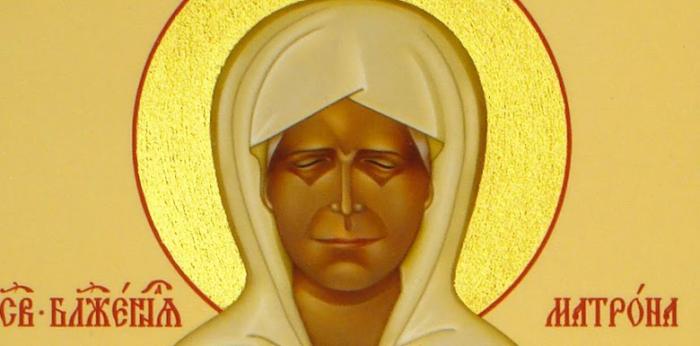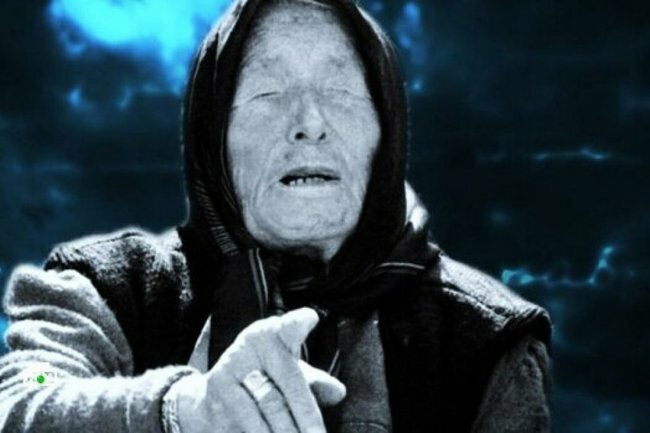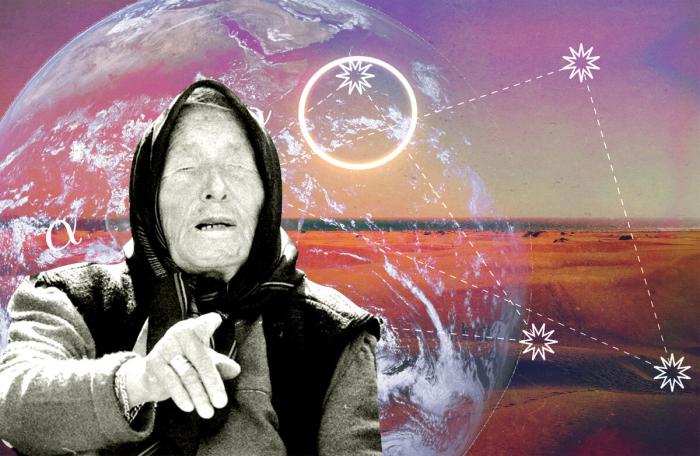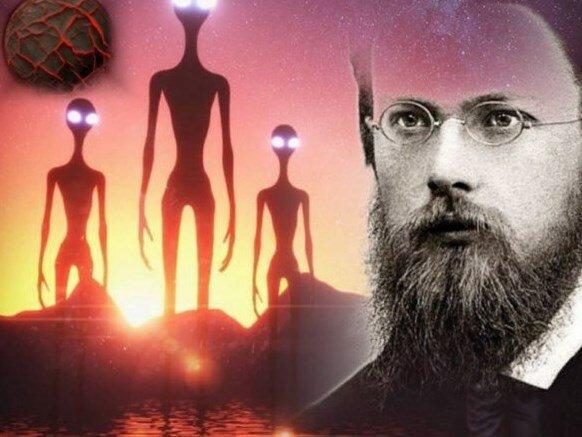TOP 11 outstanding predictions of scientists of the past that came true (23 photos)
Outstanding scientists of the past years have already entered their names in the history of scientific research and discoveries. At the same time, sometimes their genius is so ahead of its time that they are able to predict not only the course of development of science and technology, but also to predict what kind of inventions await humanity in the future. And indeed, far from one forecast of scientists of past years has come true. Your attention to 11 accurate predictions of recognized geniuses that have already come true.
1. Cellular communication (Nikola Tesla)
Nikola Tesla was and remains one of the most outstanding and mysterious scientists of the last century, whose inventions were in many ways really ahead of their time. At the same time, part of his ideas was not brought to life by him due to the lack of the level of technological progress necessary for this at that time. But the correctness of the scientist’s train of thought was proved after a while, when his predictions came true.

Nikola Tesla predicted the advent of cellular communication
Back in 1908, Nikola Tesla gave a description of one of his projects, which is the creation of a wireless communication tower. This technology turned out to be strikingly similar to the cell tower familiar to modern man. And more than a hundred years ago, a scientist wrote about his idea as follows:
“Once the project is completed, the business person will be able to dictate instructions from New York, and they will immediately appear in his office in London or elsewhere. He will be able to talk to any telephone subscriber on the globe from his workplace.”
2. Smart watch (Nikola Tesla)

The emergence of smart watches was predicted long before their appearance
The genius of Nikola Tesla obviously did not stop at one prediction that came true – after all, he was very aptly, albeit jokingly, called “the man who invented the 20th century.” But, as it turned out, the scientist went beyond one century and predicted the appearance of at least one gadget that entered the technology market only in the 21st century. We are talking about smart watches.

Tesla accurately predicted part of the functionality of smartwatches
In 1909, in an interview with the New York Times, Nikola Tesla revealed his vision for the development of future technologies. About the device, under the description of which modern smart watches exactly fit, the brilliant scientist said this:
“An inexpensive instrument, no more than a watch, will allow its owner to listen anywhere – at sea or on land – to music or songs, the speeches of a political leader, an eminent scientist, or the sermons of a priest located at a great distance. In the same way, any picture, sign, drawing or text can be transmitted.
3. New chemical elements (Dmitry Mendeleev)

The periodic system of D. Mendeleev in the first version
Professor Dmitry Mendeleev entered his name in the history of chemical science primarily with his periodic table of chemical elements, the first version of which was compiled in 1869. During its compilation, the scientist more than once moved cards with elements in different combinations, trying to make rows of elements similar in properties from them.

Dmitry Ivanovich Mendeleev is not in vain considered an outstanding chemist
As a result, he settled on building a sequence of elements from light to heavy, that is, in terms of relative atomic mass. However, at the same time, Mendeleev left a number of empty cells in the table, where, according to his forecasts, elements not yet discovered by science will be located.
An interesting fact: in order to somehow name the still unknown elements, Mendeleev used the prefixes “eka”, “dvi” and “three”, which in Sanskrit respectively means “one”, “two” and “three”. The use of this or that prefix was determined by the approximate position of the future element: how many lines down from the known element with similar properties was the predicted element.

Periodic table of D. Mendeleev. Modern look
For example, gallium (ecaaluminum), scandium (ecabor) and germanium (ecasilicium) were discovered in 1875-1886. Before that, in 1871, Mendeleev predicted the appearance of an element between thorium and uranium – it turned out to be protactinium, which was discovered thirty years later. In addition, the 1869 table suggested the existence of an element heavier than titanium and zirconium, and two years later lanthanum appeared at that place. Mendeleev also predicted hafnium discovered only in 1923.
4. Internet and Wikipedia (Arthur Clark)

The Internet and Wikipedia were predicted by a famous writer
In fairness, it should be clarified that the emergence of such a phenomenon as the Internet was predicted by more than one person. One of them was the prominent science fiction writer best known for 2001: A Space Odyssey by Arthur Charles Clarke.

Science fiction writer Arthur Charles Clarke
So, in 1976, during an IT conference at the Massachusetts Institute of Technology, Clark gave an interview to AT & T Corporation, where he spoke about the imminent appearance of information resources like Wikipedia, which can be located electronically, as well as transmitted, which, in principle, can be considered a prediction of the emergence and Internet in its modern form.
The forecast was as follows: “In the future, computers will be connected to a giant library where anyone can ask any question and get an answer, as well as get reference material about what is interesting to him directly. The machine will select only the information you need in the central library, and not the … garbage that you get when you buy two or three pounds of wood – a newspaper.
5. Distance learning (Arthur Clark)

Another accurate prediction by Arthur C. Clarke
Another prediction of the famous science fiction writer, which has already been successfully realized, was the prediction of the possibility of studying at home with the help of the aforementioned online encyclopedias, as well as the technical devices necessary for this. In this practice of getting an education, Clarke sees an opportunity to stop seeing this process as tiring and forced:

Homeschooling with the help of the Internet was announced long before its appearance
“… no matter how old the user is and how stupid their question may seem, they will be able to find the answer to it. And he can do it in his own house, at his own pace, in his own way, at his own time. Then everyone will enjoy the learning process. After all, what is called education now is actually violence.
Everyone is forced to learn the same thing, at the same time, at the same speed and in the same place – in the classroom. But all people are different! For some, this process is too fast, for some it is too slow, for some it is simply not the right way. But give them a chance as an elective to follow their passions. For the first time, there will be no intermediary between the source of information and the consumer of information.”
6. Geostationary satellite orbit (Arthur Clark)

Satellite TV was predicted by a science fiction writer
The greatest contribution of Arthur C. Clarke as a popularizer of science was the prediction of one of the types of satellite orbit – geostationary. Back in February 1945, a science fiction writer in a letter to the editor of Wireless World mentioned that geostationary satellites could be used for telecommunications transmitters. And already in October of the same year, he broadcast the same idea in an article written there under the title “Extraterrestrial relay communication: can space rockets provide signal coverage for the whole world?”.
In his study, Clark listed the expected characteristics of the orbit, the required transmitter power, the possibility of generating electricity using solar panels, as well as the calculated levels of the likely impact of solar eclipses.
The writer’s idea could only be realized in 1963, when NASA specialists launched satellites into space to test his theory in practice. Currently, the geostationary orbit is successfully operating, and they began to call it in honor of the author – the Clark Orbit or the Clark Belt.
7. Great Fire of London (Nostradamus)

Great Fire of London Nostradamus predicted more than a century
The French alchemist Michel de Nostrdam, better known as Nostradamus, is a very controversial person, especially with regard to his predictions. Many are skeptical about the ability of a scientist of the Late Middle Ages – after all, most of them related to astronomical phenomena, and he could simply calculate them.
However, one prediction stands out from the general picture of Nostradamus’s predictions. We are talking about the entry in his book Les Propheties de Nostradamus, which was published in 1555: “Just blood will be thirsty in London, burned in the fire of 66, the old lady will fall from her high place, and many brothers in faith will be killed” .
Nostradamus is an ambiguous figure, but some of his predictions came true
Amazingly, it was in 1666 that an event took place that went down in history under the name “Great Fire of London”. Then the flame, which raged for three days, destroyed the property of about 70 thousand inhabitants of the English capital, despite the fact that their total number at that time was approximately 80 thousand.
An interesting fact: a large-scale fire, which brought colossal destruction and losses, still had at least one positive result – it stopped the so-called “Great Plague”. We are talking about a massive outbreak of bubonic plague in London in 1665-1666.
8. The appearance of Adolf Hitler in the historical arena (Nostradamus)

Hitler in occupied Paris, 1940
Surprisingly, among the predictions of Nostradamus, there was one that predicted the appearance of a certain person. It sounded like this: “In the depths of Western Europe, a small child will be born to poor people, he is the one whose language will seduce great troops, his glory will increase on the way to the East.”
Most interpreters of the forecasts of the French alchemist and astrologer are inclined to believe that these lines are about … Adolf Hitler. The future Fuhrer of the Third Reich was indeed born in Western Europe in a poor family. And as an adult, he used his oratory skills to win over the huge population of Germany, which he quite easily succeeded in those historical realities.

In many ways, charisma and oratory were the reason for the huge popularity of Hitler among the German population of the 1930s.
Moreover, Nostradamus, apparently, also predicted the advance of the troops of the Third Reich at the first stage of the Second World War before the deployment of the eastern front – in 1939-1941, his army captured and occupied the territories of the states of Western Europe without much resistance. And only the decision to turn the troops to the East stopped this aggressive trend.
9 Cold War (Alexis de Tocqueville)

The confrontation between the two superpowers of the 20th century was predicted back in the 19th
In 1831, Alexis de Tocqueville, a well-known French politician who would later become French Foreign Minister, published a treatise entitled “Democracy in America”. In it, where he quite accurately outlined the confrontation between Russia and the United States in the future, although he lived more than a hundred years before this period. This is the era of the Cold War between the United States and the Soviet Union.

Impressive: the Frenchman predicted the relationship between Russians and Americans
Alexis de Tocqueville speaks of the essence of power in these states, as well as their “superpower” future: “At present, there are two great peoples in the world who, despite all their differences, seem to be moving towards a common goal. These are Russians and Anglo-Americans. Both of these peoples appeared on the scene unexpectedly …
… In America, to achieve goals, they rely on self-interest and give full play to the strength and mind of a person. As for Russia, it can be said that there the entire power of society is concentrated in the hands of one person. In America activity is based on freedom, in Russia it is slavery. They have different origins and different paths, but it is very possible that Providence secretly prepared each of them to become the mistress of half the world.
10. Prosthetics and transplantation (Robert Boyle)

Organ transplantation was foreseen long before its practical implementation
The co-author of the famous Boyle-Mariotte law, Robert Boyle, turned out to be a good predictor. The 17th century chemist made a number of assumptions about the scientific and technological progress of the future, which were found only after the death of their author in 1691. 24 handwritten predictions published by the Royal Society.

Robert Boyle’s predictions were more than two centuries ahead of their time.
It was among these predictions that the following assumptions were found: in the future it will be possible to “restore youth by acquiring new teeth and hair” and “treat diseases at a distance through transplantation.” These predictions describe today’s practice of hair transplants, dental prosthetics, and organ transplants with amazing accuracy. Thus, Robert Boyle was able to look into the future more than two centuries ahead.
11. Molecules (Robert Boyle)

The existence of the molecule was predicted long before the actual description
Despite the accuracy of predictions in the medical field, Robert Boyle was, first and foremost, a chemical scientist. Therefore, it is not surprising that his predictions in his native sphere also came true. So, he questioned the postulate of the researchers of the era of Antiquity, in particular, Aristotle, that everything material on the planet can only consist of four elements of the elements – water, earth, fire and air.

It turned out that not all processes on the planet are explained by the elements
In his works, Robert Boyle wrote about this: “everything in this world consists of corpuscles – ultra-small details that, in different combinations, form various substances and objects.” In essence, the predictive scientist accurately predicted the discovery of a molecule—the smallest particle of a chemical that has all of its chemical properties. For the first time, it was scientifically described and named almost two hundred years after the publication of Boyle’s forecast – at the international congress of chemists in Karlsruhe in 1860.

